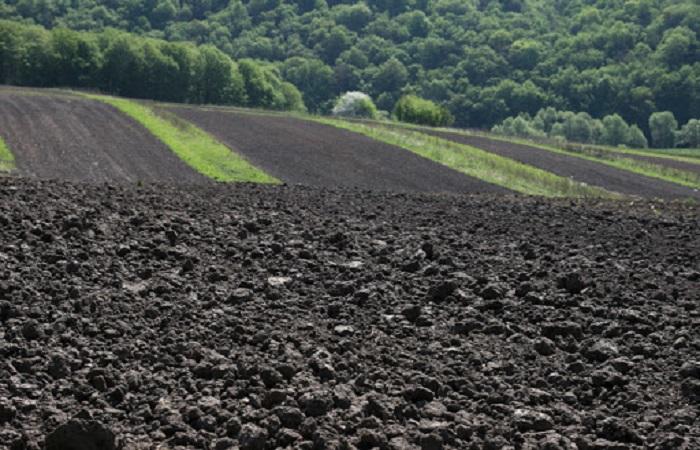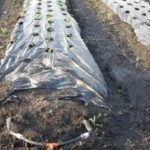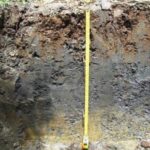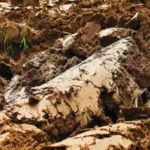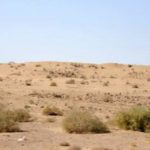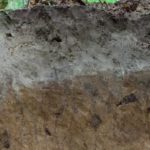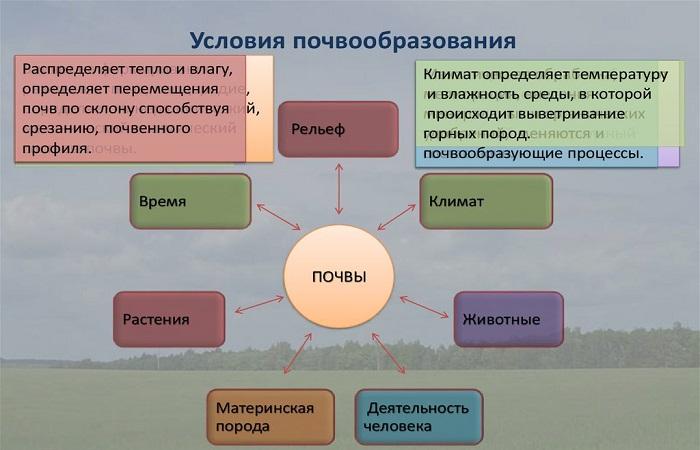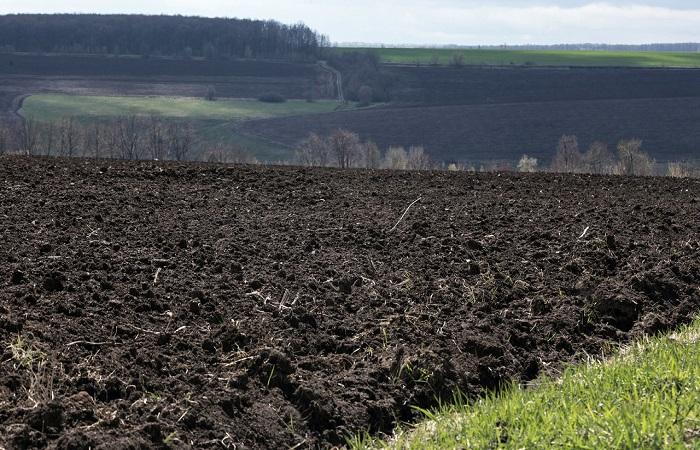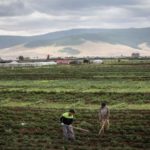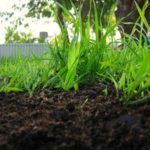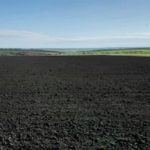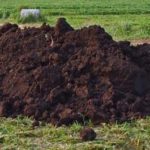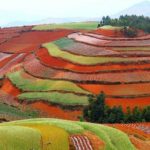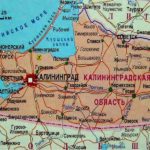Of all the variety of soils, black soil is considered the most fertile. It contains a large amount of humus, which is required for the normal development of cultivated plants. There are different natural zones with black soil, which are actively used for agricultural purposes. They all differ in certain features.
What is black soil
Ordinary chernozem is a dark-colored type of soil that contains a lot of humus. It forms on loess-like loams or clays.This occurs in subboreal and temperate continental climates against the background of periodically leaching or non-flushing water regime. Such soil is formed under perennial grasses.
This soil is ideal for growing different types of crops. The benefits of chernozem are explained by the high content of useful elements in it, granulometric properties and reaction, and the optimal ratio of heat and moisture.
The following features are characteristic of chernozem:
- This is a neutral soil that can be used for many crops.
- The soil contains a lot of humus - up to 15%. This is due to the decomposition of herbaceous and meadow-steppe plants. Humic compounds provide regulation of crop growth and development.
- The soil has a granular or lumpy structure. It contains a lot of humus. The mass does not cake under the influence of moisture and sunlight. Thanks to this, it is possible to achieve excellent gas exchange and create good conditions for the formation of plant roots.
- The soil contains a lot of calcium - 70-90%.
Classification
Depending on the volume of humus, the following varieties of chernozems are distinguished:
- rich black soils - include approximately 9% of this component;
- medium humus - the content of useful substances is 6-9%;
- low-humus with a dark gray color - include 4-6% humus;
- low humus - the nutrient content does not exceed 4%;
- low-humus with a light gray color - the volume of humus does not exceed 2%.
Also, chernozems differ in the thickness of the layer. According to this criterion, the following types of chernozems are distinguished:
- heavy-duty – have a capacity of 120 centimeters;
- powerful - characterized by parameters of 80-120 centimeters;
- medium-power - have an indicator of 40-80 centimeters;
- low-power - parameters do not exceed 40 centimeters.
Based on the degree of salinity, the following types of soils are distinguished:
- ordinary - are carbonate;
- solonetzic – considered solonetzic-solonchak.
In addition, there is the following classification of chernozems:
- podzolized - often found in deciduous forests;
- leached - observed in the forest-steppe;
- typical - formed on podzolic loams, in forest-steppe with forbs and cereal plants;
- ordinary - predominate in the north of the steppes and are formed by forb-cereal plants;
- southern - found in the south of the steppes and are formed due to the decomposition of fescue-feather grass plants.
Chernozems have excellent water-air characteristics and contain many nutrients. Their composition cannot be reproduced by adding organic and mineral fertilizers to the soil.
Soil formation conditions
Such soils are formed in a temperate climate zone, which is characterized by alternating drying and wetting, as well as a predominance of positive temperatures. Average annual values are +1-9 degrees. At the same time, the total amount of precipitation reaches 250-1000 millimeters per year.
These regions are characterized by undulating-flat terrain, on which ravines, gullies, and river terraces are periodically found. This area is dominated by perennial herbaceous vegetation, which leaves many valuable substances in the soil.
Under certain hydrothermal conditions, plant residues decompose, and this process is accompanied by the formation of humus compounds. They accumulate in the upper layers of the soil. Along with humus, important nutrients are fixed in the soil.These include phosphorus, nitrogen, iron, sulfur and other substances.
Geographical location of chernozem soils
Chernozem is located on an area of more than 240 million hectares. On the map of Eurasia it occupies not only the southern regions of Russia and Ukraine. Chernozems also predominate in the center of Europe. They are found in Moldova and Austria. This soil is also found in Bulgaria, Hungary and Romania.
In foreign Asia, this nutrient soil is found in Mongolia and China. It also exists in America. Chernozems are found in the western United States and southern Canada. They are also found in southern Argentina and Chile.
Where are they distributed in Russia?
Chernozem soils are common in different regions of Russia. In total, they occupy about 10% of the country's territory. At the same time, the most fertile domestic soils are far from being found in pure steppes. They are characterized by their location in the south of forest-steppe zones. It is in these areas that there are good conditions for the free accumulation and decomposition of organic matter. At the same time, it is not affected by the washing regime.
The border of distribution of chernozems in Russia is located near Ukraine and Belarus. On the northern side, this zone is limited by the following nodal points;
- Novosibirsk;
- Eagle;
- lower reaches of the Kama.
In the southern regions, chernozems extend to the following boundaries:
- Don;
- Kuban;
- upper reaches of the Terek.
There are also chernozem areas in the foothills of Altai. It is important to consider that geographic location directly affects their quality characteristics. The most valuable are the lands around Tambov, Kursk and Voronezh.
Most of the nutrient soils are located in Western Siberia. However, in this zone, chernozems freeze to great depths. At the bottom there are mainly loess and loess-like rocks. Siberian chernozems are mainly localized in steppes and forest-steppe zones.
Main problem
Steppe soil cannot always remain fertile. Its main enemies include strong winds and water erosion. Under the influence of these processes, hundreds of thousands of hectares of valuable land become unsuitable for growing crops.
That is why it is so important to provide reliable protection to chernozem soils. For this purpose, it is necessary to plant strips of trees along the perimeter of the fields. Such forest plantings help protect nutrient soils from the negative effects of water and wind.
Chernozems are considered valuable soils that are excellent for agriculture. Such soils contain many nutrients and ensure the full development of cultivated plants. At the same time, it is important to provide nutritious soils with reliable protection from the influence of negative factors.

